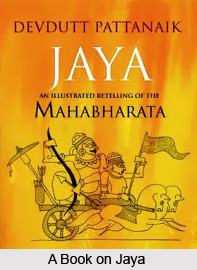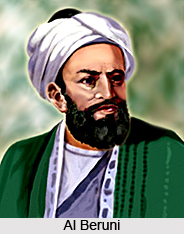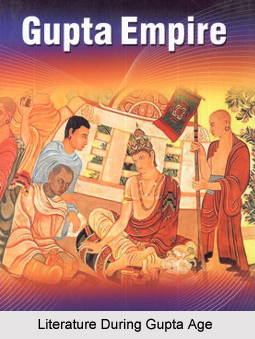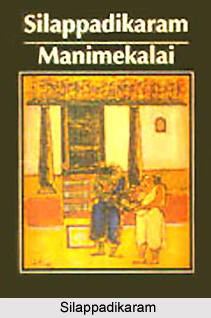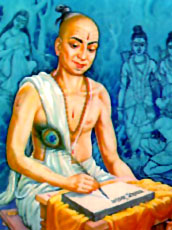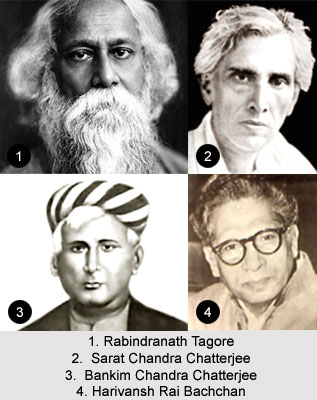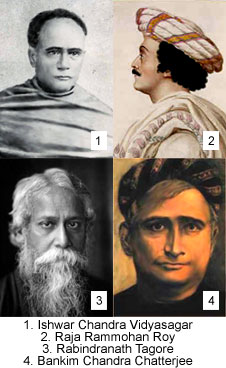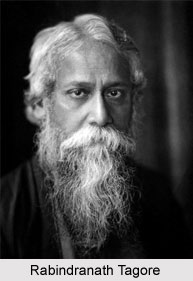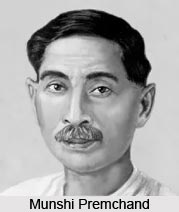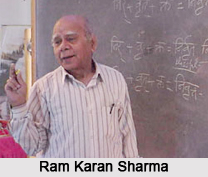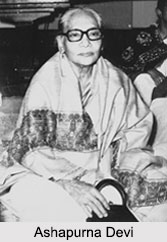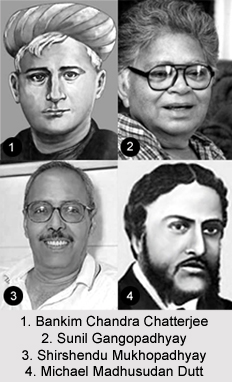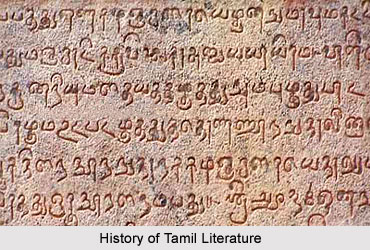Introduction
Suryakant Tripathi, born 21 February 1899, was an Indian poet, writer, composer, and sketch artist who wrote in Hindi. Regarded as one of the four major pillars of the Chhayavad era in Hindi literature, he earned the honorific title “Mahapran” and was widely known by his pen name “Nirala.”
Suryakant Tripathi was born in an upper-caste Hindu family of Kanyakubja Brahmin, at Mahishadal, in Midnapore district of West Bengal, when the region was under Bengal Presidency in British India. He was the son of Pandit Ramsahaya Tripathi, a Government constable in colonial India, who was a very arrogant tyrannical person. He was a born genius. After matriculation he did not take any formal education in his early days. But through his natural intelligence he acquired huge knowledge in Sanskrit, Bengali, and English literature.
Early Life of Suryakant Tripathi
Suryakant Tripathi, famous by his pen name ‘Nirala’ was as if burdened with bad luck and his life was full of tragedies. He lost his mother when he was a child. He moved to Gadhakola, Unnao district, in Lucknow to which his father originally belonged. He married Manohara Devi at the young age of 15 but she died when he was only 20 years old. Manohara Devi, died in the epidemic that followed the First World War. His uncle, brother, and sister-in-law also died in this epidemic. After some years his only daughter died who was widow. Tripathi also had to face deep financial crisis. When he was in Bengal he was deeply influenced by Ramakrishna Paramhansa, Swami Vivekananda and Rabindranath Tagore. After his marriage his wife insisted him to learn Hindi.
After learning Hindi, he started to write in Hindi language instead of Bengali. He began independently studying the grammar of modern standard Hindi by closely examining two Hindi journals available to him in Bengal, namely ‘Sarasvati,’ the influential magazine edited by Mahavir Prasad Dwivedi, and ‘Maryada,’ published from Varanasi. He also learned Bengali and Sanskrit himself. He was very rebellious both in his content and writing style. He firmly stood against the corruption of social establishment and authority. He protested against the social injustice and exploitation through his writings. For that, he had to bear with several criticisms. In the last part of his life, he suffered from Schizophrenia. A recurrent aspect was his excessive random altruism, especially remarkable given that he himself was supposedly penniless and bore a recognizable mercurial temperament. He was burdened with the responsibility of a joint family while struggling with extreme poverty. Nirala eventually died in 15 October 1961 in Allahabad, in the neighborhood of Daraganj.
Career of Suryakant Tripathi
Suryakant Tripathi ‘Nirala’ began his career in 1918 with an
appointment at the Mahishadal State, where he served until 1922. He later
transitioned to editing, freelance writing, and translation. Between 1922 and
1923, he edited Samanvay, published from Kolkata, and from August 1923, he
joined the editorial board of Matwala. Subsequently, he worked at the Ganga
Pustak Mala office in Lucknow, contributing to its monthly magazine ‘Sudha’
until mid-1935, and continued to reside in Lucknow until 1940. From 1942 until
his death, Nirala lived in Allahabad, pursuing a career as a freelance writer
and translator. His first poem, “Janmabhoomi,” was published in Prabha in June
1920; his first poetry collection, “Anamika,” appeared in 1923; and his first
essay, “Bang Bhasha Ka Ucchaaran,” was published in Saraswati in October 1920.
Suryakant Tripathi as a Literary Figure
Suryakant Tripathi had an exceptional command of traditional poetic meters, with many of his works reflecting this mastery. At the same time, he transformed Hindi poetry by introducing free verse, becoming the first Hindi poet to do so. Through his innovation, he proved that poetry could preserve its beauty, rhythm, and lyrical essence even without the constraints of rhyme.
Tripathi’s experience in leading a turbulent life, shaped by
personal losses and social struggles has a great impact of his works. His
writings were deeply intertwined with a love for nature and a strong critique
of social injustice, positioned him as a key figure in the Chhayavadi and later
literary movements, bridging the gap between tradition and modernity. His
unwavering commitment to social reform and literary innovation continues to
define his lasting influence on modern Hindi literature.
Works of Suryakant Tripathi
Suryakant Tripathi, as ‘Nirala,’ wrote 12 anthologies of poetry. Apart from that he penned six novels, many short stories, essays and criticism. He was immensely inspired by Indian Renaissance, which flourished in Bengal and tried to usher new verse in the modern age. He also made his mark in painting. He drew many sketches. He translated many famous Bengali literary works into Hindi. He was the one of the famous poets of Chhayavaad movements. He mixed the philosophy of Vedanta, nationalism, mysticism, and love for nature and progressive humanist ideology in his works. He started to use blank verse in his poems. His lines sting in the deepest wells of one’s empathy and the sting linger just long enough till the wells overflow.
His initial poetry mirrored the spirit of the Bengali Renaissance and Contextual Modernism, resonating with the mystical romanticism, Chhayavad, that later flourished in Hindi literature. As his creative vision matured, Nirala developed a distinct voice of his own, moving beyond his early influences and experimenting with diverse literary forms, including free verse.
Nirala’s poetry revealed a deep spiritual bond with the living essence of nature. His mystical verses, infused with the devotional spirit of medieval Bhakti poetry, explored nature through a metaphysical lens shaped by his Advaita philosophy. Although many Chhayavadi poets viewed nature as a reflection of the absolute, Nirala’s portrayal stood apart, he envisioned it not only as feminine but also as inherently sensual, a theme vividly expressed in works like “Sandhya Sundari,” “Juhi ki Kali,” and “Yamini Jagi.”
Nirala’s poetry and prose were deeply infused with a spirit of populism. He envisioned a society liberated from exploitation, injustice, and oppression. This steadfast commitment to social reform set him apart as the only Chhayavadi poet whose works seamlessly bridged into the later poetic movements of the post-Chhayavad era, including ‘Prayogvad’ and ‘Pragativad.’
His poem ‘Ram ki Shakti Puja’ delves into the idea of
selfless action through Rama’s trials, serving as an allegory for resilience
and social struggle. Saroj Smriti, written after the untimely death of his
daughter Saroj, channels his profound grief into a work of quiet reflection and
emotional depth. Marked by restraint and contemplative grace, the poem
transcends personal sorrow to achieve epic resonance, standing as one of the
finest elegies in Hindi literature. In ‘Kukkurumutta,’ Nirala employed the
metaphor of mushrooms thriving in humble surroundings to offer a sharp critique
of capitalism. Beneath its seemingly light-hearted narrative lies a penetrating
reflection on social and economic inequality.
Nirala was also an accomplished musician who composed songs
accompanied by the harmonium. His 1936 anthology Gitika features a collection
of his musical compositions. In its preface, he showcases his mastery of
composition and discusses the various talas and ragas best suited to his songs.
Over the years, pieces from ‘Gitika’ and other collections have been set to
music by leading artists, ranging from exponents of Hindustani classical
traditions like Dhrupad
and Khayal
to popular musicians with broader audiences.
Recognitions Received by Suryakant Tripathi
Despite his vast literary legacy, Nirala received no civilian or literary awards during his lifetime, perhaps owing to his rebellious spirit and his deliberate rejection of gifts and honors. In 1947, the Nagari Pracharini Sabha celebrated his birthday on Vasant Panchami, and the Uttar Pradesh government later recognized his poetry collection ‘Apara.’ Posthumously, in 1970, the Government of India honored him with a commemorative postal stamp issued on his birth anniversary.
In 1998, the Films Division of India produced a 20-minute documentary on Nirala’s life, directed by Rajiv Kumar, highlighting his literary journey, works, and enduring contributions.
Doordarshan, India’s national broadcaster, produced a half-hour film titled ‘Aparajeya Nirala’ (meaning Unvanquished Nirala), which focused on the poet’s life and legacy. The film featured songs adapted from his poems and Kathak performances by various artists. Statues and sculptures commemorating Nirala have been installed at several cultural sites across the country. His bust stands at his final residence in the Daraganj area of Allahabad, while a statue of him adorns the space in front of the central library at Allahabad Central University. Additionally, a full-sized sculpture of Nirala has been erected at Nirala Chowk in Lucknow, a landmark named in his honor.
In the Unnao district, several landmarks have been dedicated
to his memory, including Nirala Udyan (a park), Nirala Prekṣagṛha (an
auditorium), and Mahapraṇ Nirala Degree College, all named in his honour.
Bibliography of Suryakant Tripathi
Nirala began his literary career around 1920. For many
years, his poem “Juhi Ki Kali” was believed to be his first work, dated by
Nirala himself to 1916. However, it was actually composed around 1921 and first
published in 1922. Beyond poetry, Nirala also made significant contributions to
fiction, prose, and translation.
Collection of Poetry:
Collection of Novels:
Collection of Stories:
Collection of Mythological Story:
Collection of Essays:
Collection of Children's Literature:
Collection of Translations:
Composition:
